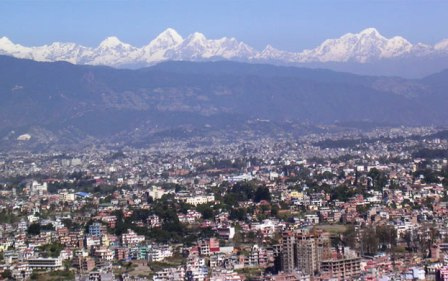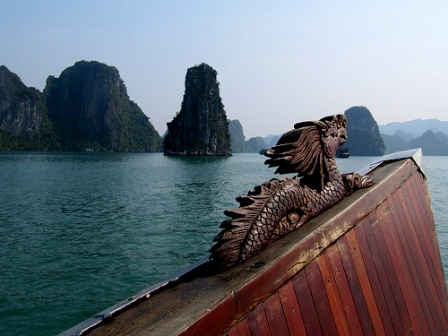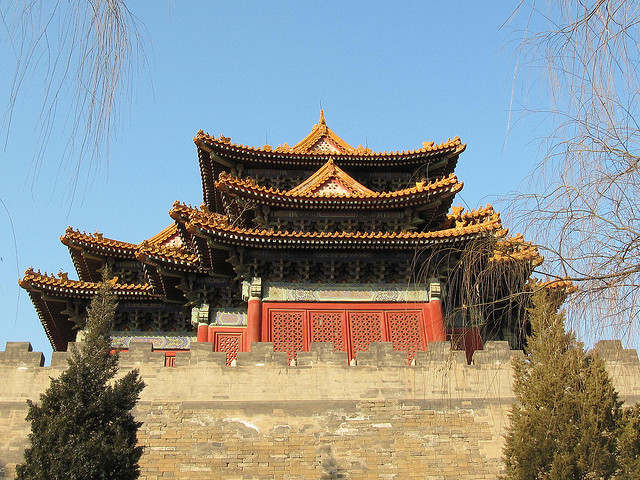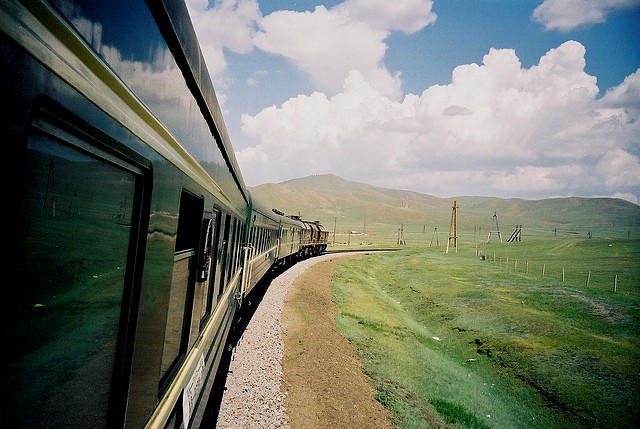7. Many travelers are worried about the political situation in Nepal. Please tell us about the current political and social situation.
Yes, it was not good during the time of the Maoist insurgency for almost 10 to12 years. But now they have put down their weapons and joined the peace process. Today the country is safe and there are no problems at all. Even during those critical years mountain trekking was not stopped. It is a great surprise that we worked during those hard times as well.
8. Please tell us more about the tourism infrastructure in Nepal. What about hotels, restaurants, resorts, attractions, adventure travel companies and other tourism service providers?
Nowadays, most of the cities have comfortable infrastructure. In popular trekking areas there are good lodges and food places. In the Everest, Annapurna and Langtang areas it is easy to get those things. In the Dolpo, Kanchunjunga, and most of the western regions we have to arrange for tents and food preparation with experienced local staff.
In the regions of Kathmandu, Pokhara or Chitawn, Lumbini or Bardia there is no infrastructure problem.
There are plenty of good hotels in Kathmandu, Pokhara, Nagarkot, Chitawan, and all the major towns have good lodging systems and foods with different choices. Many people work in the tourism industry. There are many travel businesses, tour and trekking companies. For ground transport we have buses, jeeps, cars, vans and there is plenty of public transportations too. Most of the town areas are connected by roads to the capital city Kathmandu.
Many mountainous areas with no road connections have airports. Small planes fly to all destinations except during monsoon time. Lukla, Pokhara, Jumla, Surkhet and Jomsom have year-round operations, despite being in the mountains.

9. Please tell us about safety precautions that one should follow when travelling in Nepal.
City tours or safaris experience no safety problems. But we suggest to travelers to take mineral water and well cooked food with them during travel. We have seen people get sick lots of times even when they use purified water from the tap or when they eat salads or sea food. This could be due to a change of climate and different composition of minerals. When trekking in the mountains precautions must be taken against altitude sickness. It would also be great if visitors knew a little bit about the culture of the people. It helps them to enjoy their trip even more.
10. What about female travellers in Nepal? Is it possible to travel solo as a women? What special advice do you have for female travellers?
Most of the areas are safe for female travelers but we suggest that they not go alone on long treks. Most of the adventurous trekking areas are not connected by phone. I suggest to go with a responsible, trekking company. A few incidents in the past have shown that some who went alone in those remote areas faced problems. Sightseeing in the city, tours of populated areas, and safaris are no problem at all.
11. What about the language issue? How easy is it to communicate with the locals?
In city areas you can find guides for different languages but in the trekking regions it is not that easy. In Nepal our second language is English, so it is easy to find English speaking people in most of the places. The locals are easy-going people with great smiles on their faces. This makes it easy for foreigners to talk with them.

12. How do the people of Nepal generally perceive foreigners, and in particular western foreigners?
In Nepal we have a very good reputation for respecting tourists. Western people are highly respected as well. We have visitors from different parts of the world and there is good behavior among everyone. There is particular respect for Western tourists because they were the ones who visited Nepal in earlier times.
13. Please give us an overview of local transportation options inside Nepal. How easy is it to drive in Nepal?
Well, this is a good question. First of all, we have the English system which is difficult for those who are not used to drive on left hand side. Secondly, the roads in the towns are narrow. Buses, cars, motor bikes, bicycles, people on the road and many honking horns are the main characteristic of Nepalese roads. Many people who are visiting for the first time say “it is crazy”.
The local transportation systems are good and most of the towns are connected with roads. In the mountain areas the roads can be scary at times. Most of the interesting areas are connected with tourist bus services from Kathmandu. Some people like to have private vehicles for their comfort. During monsoon time there are many landslides and heavy rain causes trouble in the mountain region.
14. What about the currency of Nepal? Can travellers use credit cards or what forms of payment are accepted?
The currency in Nepal is rupees, at this time the value is 1 US$ = 71.20. All convertible currencies are easily changed at banks, hotels and money changing services. Credit cards are no problem, but we suggest to ask in advance whether an establishment will accept credit cards. Using credit cards at hotels, travel agencies and big shops is no problem.





